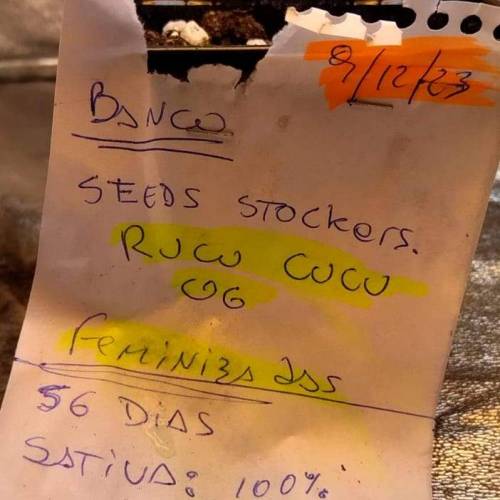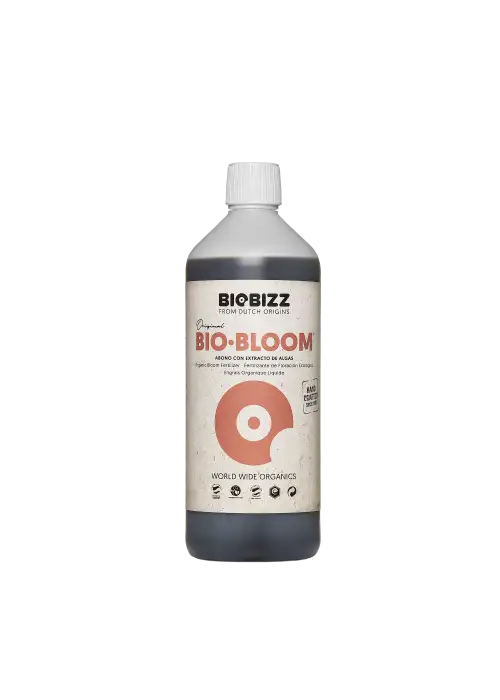The appearance of white spots on cannabis leaves can be concerning, and it's important to correctly diagnose the cause to treat it effectively. Here are some potential causes and corresponding treatments for the white spots:
Nutrient Deficiency: Flushing can sometimes leach essential nutrients from the growing medium. White spots might indicate a deficiency, possibly of calcium or magnesium.
Treatment: After flushing, re-introduce a balanced nutrient solution that's appropriate for the flowering stage, ensuring it includes calcium and magnesium.
Fungal Issues: Fungal growth like powdery mildew can also appear as white spots on leaves, especially in conditions with fluctuating humidity.
Treatment: If it's a fungal issue, you'll need to use a fungicide. Ensure good air circulation in the grow area and try to stabilize the humidity levels.
Pest Infestation: Certain pests, like spider mites, can leave tiny white spots on leaves where they feed.
Treatment: Inspect the plants closely for pests. If pests are found, use an appropriate insecticide or natural pest control method.
Water Quality or pH Fluctuations: The spots could be a reaction to sudden changes in pH or water quality. Even if the pH is correct, there might be issues with the water you're using.
Treatment: Ensure the water quality is consistent. You might want to test your water source for any irregularities.
Light Burn: Sometimes intense lighting can cause bleaching or white spots on the leaves.
Treatment: Check your light distance and intensity. Make sure your plants are not too close to the light source.
Physical Damage: If the spots appeared right after flushing, it's possible that physical handling or water pressure caused minor damage to the leaves.
Treatment: Be gentle when handling plants and avoid direct water pressure on leaves.
In dealing with this issue, consider these steps:
Diagnosis: Carefully examine the plants to confirm the cause of the white spots. Look for patterns, additional symptoms, and consider all environmental factors.
Adjustments: Make any necessary adjustments to your growing environment, nutrient schedule, and watering practices.
Monitoring: After treating, monitor the plants closely for any changes or improvements.


















































